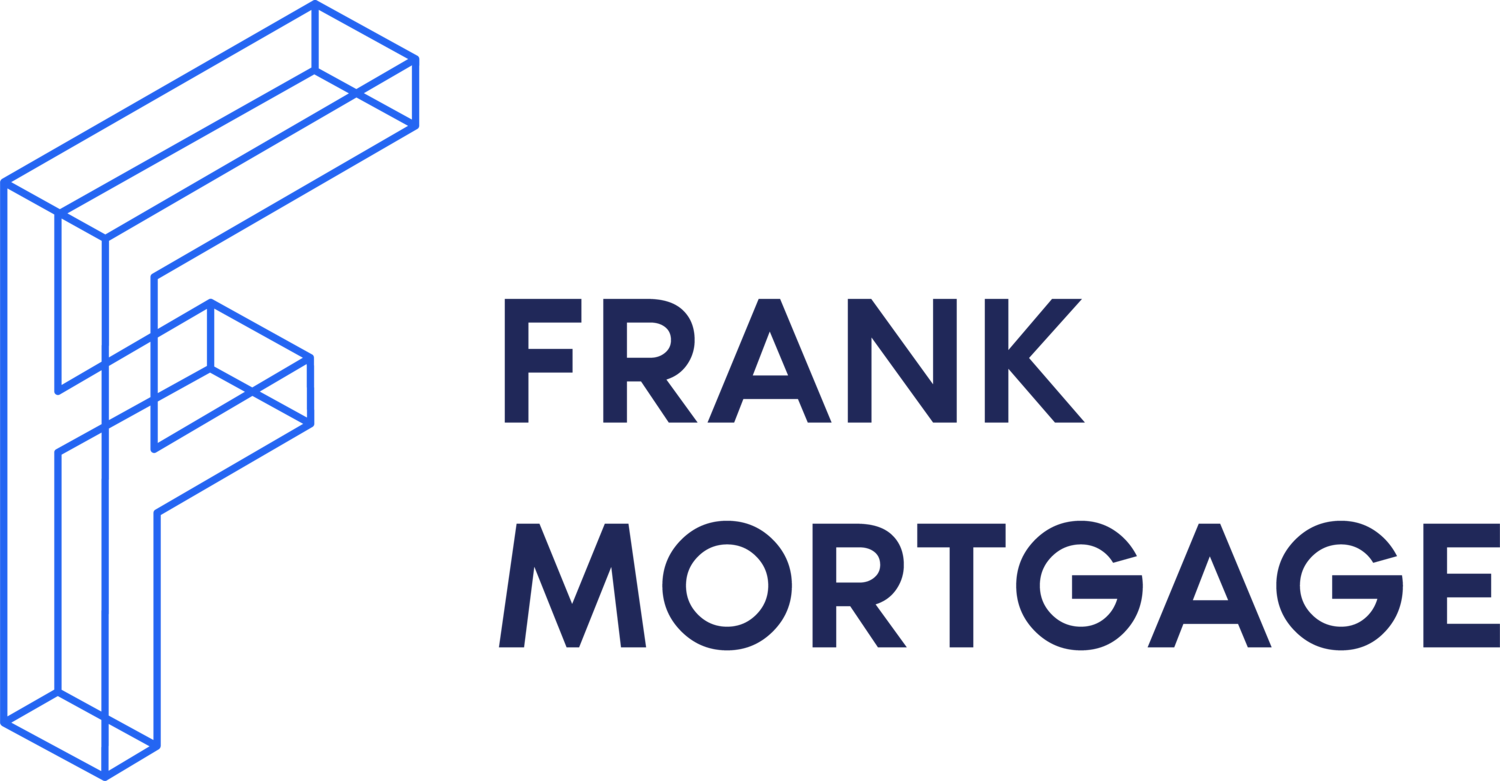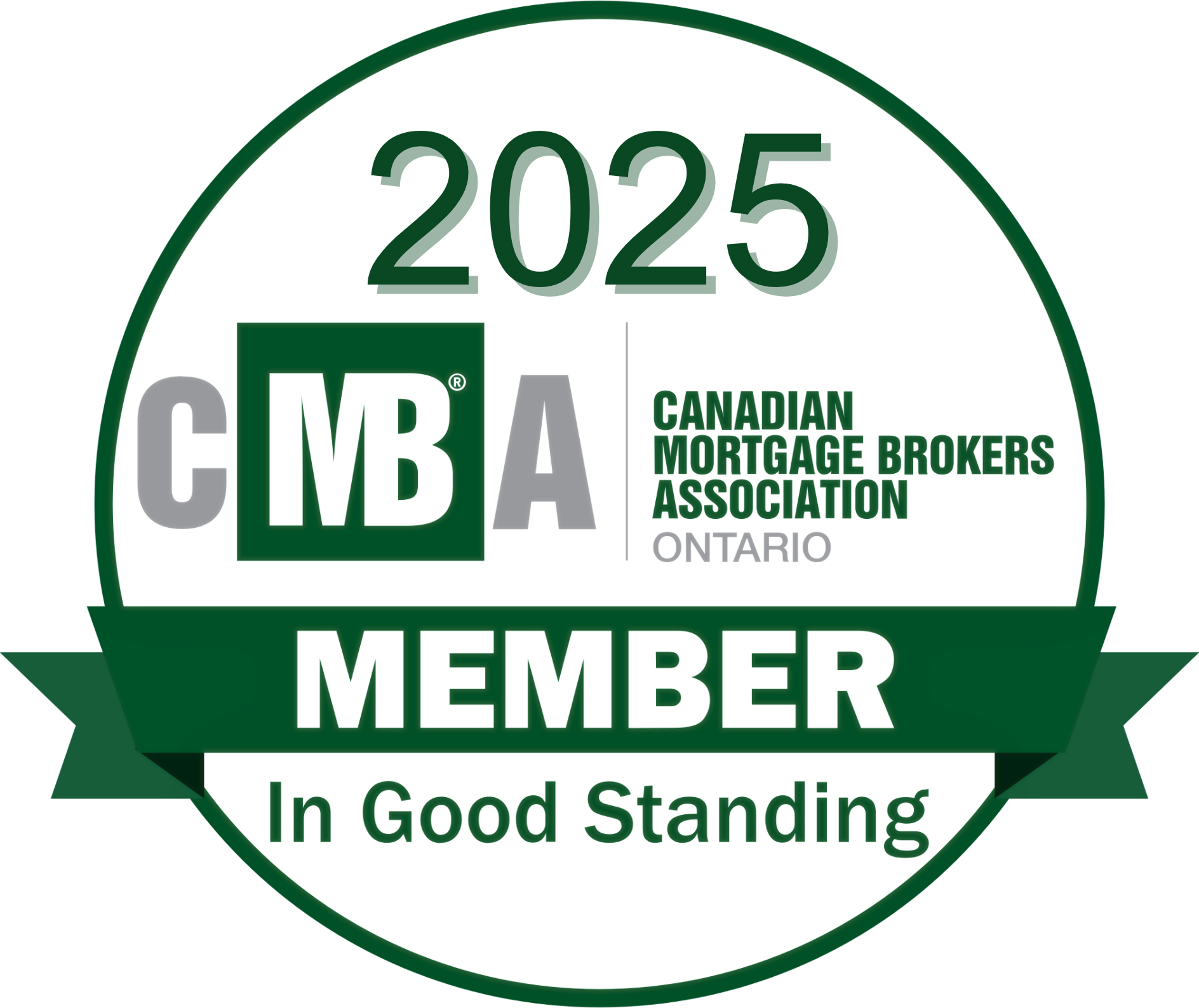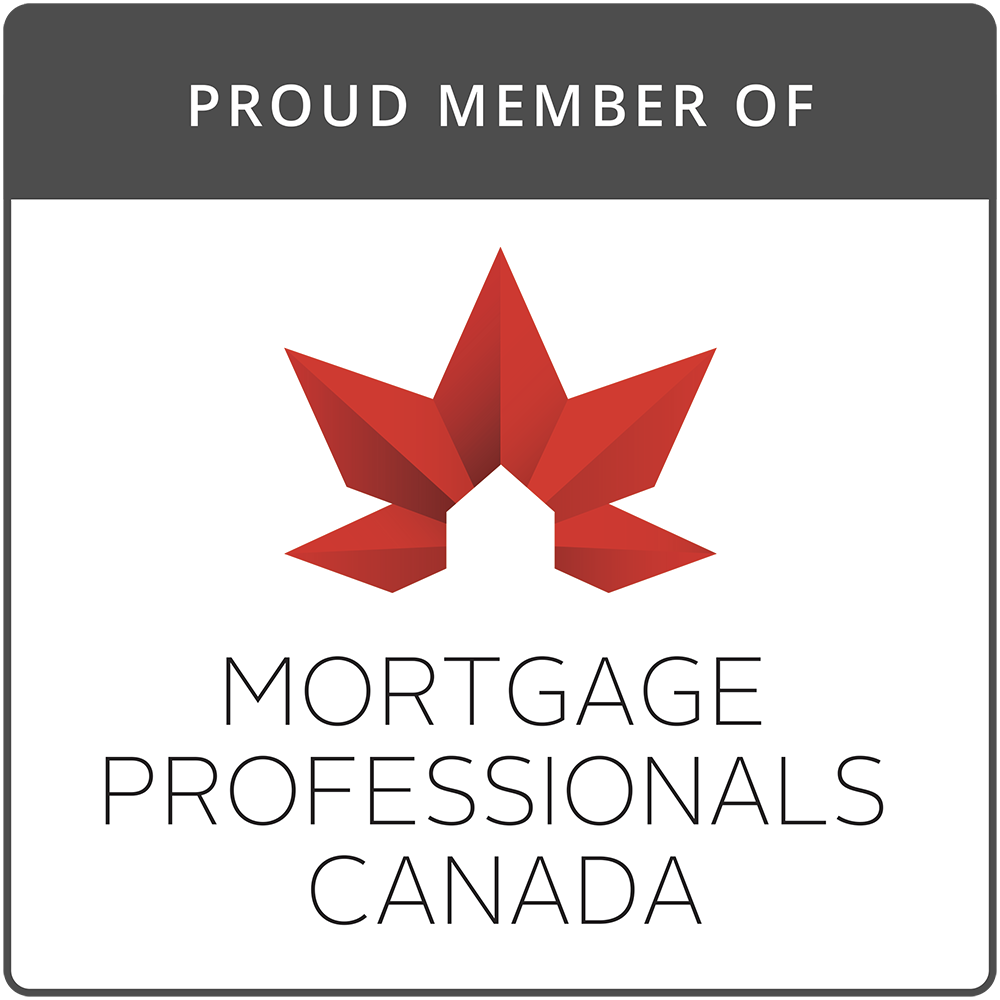Variable-Rate Mortgage (VRM) vs Adjustable-Rate Mortgage (ARM)
What are the Differences?

Now that rates have begun to decline again, many Canadian mortgage borrowers are considering variable interest rate options. These types of mortgages can save money in the right circumstances, but they come with risks that need careful evaluation. In Canada, variable-rate products generally fall into two categories: Variable-Rate Mortgages (VRMs) and Adjustable-Rate Mortgages (ARMs). There are differences between the features, benefits, and risks of each. In this blog post, we’ll explore the nuances of each product, how they are priced, their impact on budgeting, and the risks to consider.
Variable-Rate Mortgage (VRM)
A Variable-Rate Mortgage (VRM) has an interest rate tied to a lender’s prime rate. The prime rate fluctuates over time, based on changes to the Bank of Canada’s policy interest rate. What makes VRMs unique is that while the interest rate may change, your monthly payment stays the same. That doesn’t mean that a change in rate doesn’t affect the cost of the mortgage to you. It means that the proportion of your payment allocated to principal versus interest shifts when rates fluctuate. This affects your remaining amortization on the mortgage and the overall cost of the mortgage.
How are VRMs Priced?
The rate on a VRM is based on the prime rate in Canada. A VRM rate is typically expressed as "prime minus" (e.g., Prime - 0.50%). If the lender’s prime rate is 5.95%, the VRM rate at Prime minus 0.50% would be 5.45%.
Lenders Offering VRMs include most major Canadian banks and some credit unions.
Benefits of a VRM
- Monthly payments remain consistent, making budgeting and cash flow management simpler.
- If interest rates drop your monthly payment stays the same but less of the payment is required to cover interest. This means that more of your payment goes toward reducing the principal balance, resulting is you paying down your mortgage faster.
- VRMs include prepayment options with lower prepayment penalties than for fixed-rate mortgages. The prepayment penalty for a VRM is usually three months of interest.
- VRMs usually offer the ability to switch to a fixed-rate mortgage during the term of the mortgage, if desired. This might be advisable if you think interest rates are going to increase.
Risks of a VRM
- VRMs expose borrowers to interest rate risk. Rising rates increase the portion of your payment allocated to interest, slowing principal repayment. This will slow down how quickly you pay down your mortgage and extend the remaining amortization.
- The risk of rising rates is masked in the short-term since the mortgage payment remains unchanged. The cost of higher rates is often not realized until later in the mortgage or at renewal when the borrower has to pay to make-up for the higher rates (i.e. higher payment on renewal or a lump sum payment).
- One often undisclosed risk is trigger rate risk. If rates rise significantly, your payment may no longer cover the interest portion, leading to a "trigger rate" event. At this point, the lender may require an increased payment or a lump-sum payment to restore balance.
Adjustable-Rate Mortgage (ARM)
An Adjustable-Rate Mortgage (ARM) also has an interest rate tied to the lender’s prime rate, but unlike a VRM, the monthly payment changes when the prime rate changes. When rates rise, your regular payment amount increase, and when rates fall, it decreases.
How ARMs are Priced?
Like VRMs, ARMs are priced at the prime rate minus a margin. A VRM rate is typically expressed as "prime minus" (e.g., Prime - 0.50%). If the lender’s prime rate is 5.95%, the VRM rate at Prime minus 0.50% would be 5.45%.
Lenders Offering VRMs include a couple of the Canadian banks and most independent, monoline mortgage lenders.
Benefits of an ARM
- ARMs present the opportunity for immediate costs savings if interest rates decline. If rates decline your monthly payment will also decline. While this benefits all ARM borrowers, it can be especially helpful for property investors who will experience increased cash flow as their mortgage payments decline.
- A change in the interest rate does not affect the remaining amortization of the mortgage.
- When rates change you see the impact on your mortgage immediately. Unlike a VRM, where you may not be aware of what a change in rates means to the cost of your mortgage, with an ARM you see this right away.
- ARMs include prepayment options with lower prepayment penalties than for fixed-rate mortgages. The prepayment penalty for an ARM is usually three months of interest.
- ARMs usually offer the ability to switch to a fixed-rate mortgage during the term of the mortgage, if desired. This might be advisable if you think interest rates are going to increase.
Risks of an ARM
- ARMs expose borrowers to interest rate risk. ARM borrowers are exposed to payment volatility as interest rates change, which can strain budgets when rates increase unexpectedly.
Impact on Budgeting
A VRM allows for easier budgeting since the payment does not change. This is nice in the short-term but can lead to unanticipated costs later if rates rise materially.
An ARM demands a more adaptable budget since payment amounts can change frequently. Borrowers must be prepared for higher payments if rates rise.
With either product, rising rates will lead to an increased cost of borrowing. With an ARM that is realized immediately with higher payments. With a VRM that realization will be deferred to a later date and can be an unpleasant surprise. The rapidly rising rate environment in 2022-2023 demonstrated these costs to VRM and ARM borrowers. The choice is yours to make if you want to take a variable-rate of interest on your mortgage, but you need to assess the suitability of each product for your needs and your budget.
We caution borrowers against taking interest rate risk on their primary residence unless, within your budget, you can afford to be wrong on your expectation that rates will decline.
Choosing Between a VRM and an ARM
When deciding between a VRM and an ARM, borrowers should weigh their budget, financial stability, risk tolerance, and market conditions.
Choose a VRM if:
- You prefer consistent monthly payments for easier budgeting.
- You have a financial buffer to handle a trigger rate event.
- You anticipate stable or declining interest rates in the near future.
Choose an ARM if:
- You can handle payment fluctuations and have flexible cash flow.
- You want to benefit immediately from potential rate drops.
- You are able to handle the higher payments that may result from rising rates.
- You anticipate stable or declining interest rates in the near future.
Managing Risks and Making an Informed Decision
Awareness of how a change in interest rates affects your borrowing costs is the first step in managing the risk of a VRM or ARM. Don't only consider the benefit or opportunity they present should rates fall. You need to also assess the risk of rising rates and what that can mean to your personal finances.
Regardless of the mortgage type, it’s essential to proactively manage the risks associated with variable-rate products:
Mitigating Risks
- Stress-test your budget. Ensure you can afford payments if rates increase by 2-3%.
- Build a financial cushion. It is always advisable to maintain an emergency fund to cover unexpected expenses or rate hikes.
- Monitor rates closely. Stay informed about interest rate trends and economic forecasts.
- Consider prepayments to reduce exposure. Make additional principal payments when rates are low to reduce the impact of future rate hikes.
Seeking Professional Advice
Consulting with a mortgage broker or financial advisor can help you assess your unique situation, scenario test, evaluate different products and lenders and choose the mortgage product that aligns with your financial goals.
Conclusion
Both Variable-Rate Mortgages and Adjustable-Rate Mortgages offer unique advantages and risks. While VRMs provide stable monthly payments in most scenarios, ARMs offer payment flexibility and the potential for immediate savings. However, the rapid interest rate increases from 2022 to 2023 highlighted the vulnerabilities of both products, emphasizing the need for thorough financial planning. Those who failed to account for the risks of variable-rate mortgage products, in many cases, suffered material financial stress.
Fixed-rate mortgages are more popular with risk-averse Canadian mortgage borrowers. Choosing to take interest rate risk is not for everyone. By understanding the mechanics of each mortgage type and aligning them with your financial goals and risk tolerance, you can make a well-informed decision that supports your homeownership journey.
For help with your mortgage decision and to find the best rates in the market, please contact us at Frank Mortgage. Honest advice and great rates are our specialty. Find us at www.frankmortgage.com or 1-888-850-1337.
About The Author

Don Scott
Don Scott is the founder of a challenger mortgage brokerage that is focused on improving access to mortgages. We can eliminate traditional biases and market restrictions through the use of technology to deliver a mortgage experience focused on the customer. Frankly, getting a mortgage doesn't have to be stressful.
Related Posts






